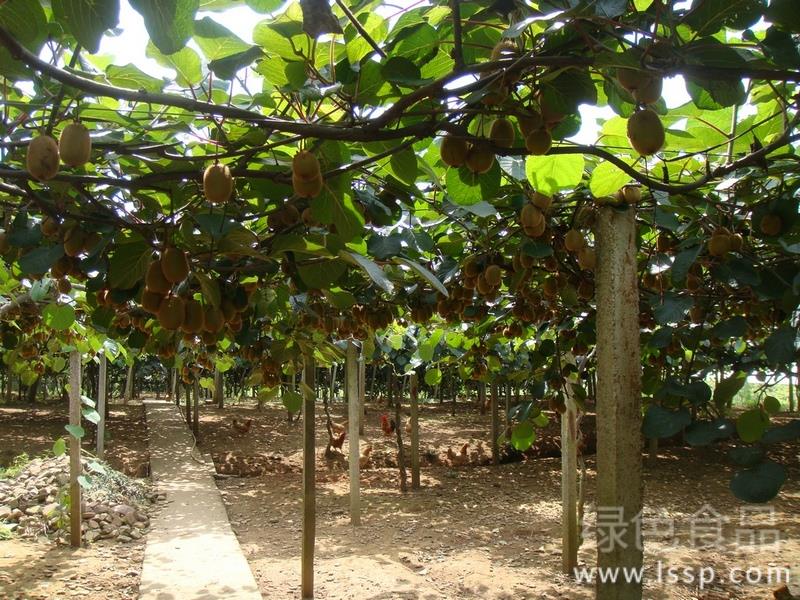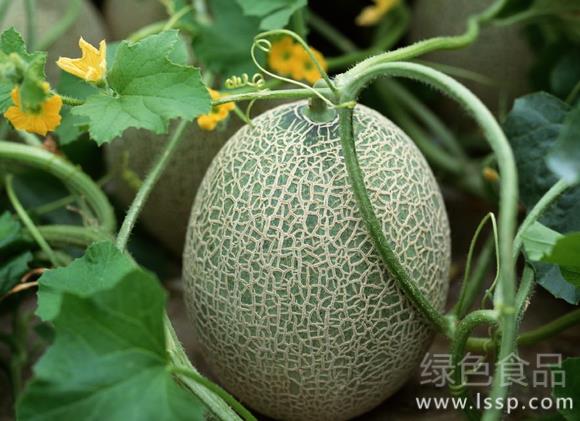Watering well and applying Fertilizer-- the key elements of increasing garlic production in Spring
Before and after the sting, with the temperature on what, garlic entered the "return to green period", before and after the Spring Equinox, garlic reached the rotten mother stage (also known as withdrawal period). At this time, the demand for fertilizer and water for garlic increases accordingly, so if you want to increase garlic production in spring, you must apply enough fertilizer and water to garlic. The editor now summarizes some key elements as follows:

Garlic
1. Pour good water and fertilizer to return to green. In the Spring Equinox season, garlic seedlings begin to turn green and grow up gradually. due to the low ground temperature in early spring, it is best to set the time for pouring back green water at noon to promote the early development of garlic seedlings, combined with irrigating 15kg nitrogen, phosphorus and potassium compound fertilizer per mu. Or topdressing 15 kg of potassium sulfate, and then appropriate water control to promote garlic root development and garlic stalk, garlic head differentiation.
2. Pour enough bolting water and re-apply bolting fertilizer. During this period, the scale buds and flower buds of garlic differentiated rapidly and gradually entered the growth and development period of garlic bolts and garlic heads, the leaf area of garlic reached the maximum value, and the garlic bolts grew rapidly. The fertilizer and water management in this period is directly related to the yield of garlic bolts and garlic heads, so it needs more water. It must be watered in time to meet the growth needs of garlic, combined with watering 25 kg compound fertilizer per mu. After 15 days, 25 kg of nitrogen, phosphorus and potassium compound fertilizer or 15 kg of urea and phosphorus and potassium nitrate compound fertilizer were applied per mu. Generally watering for 7-10 days, garlic bolting period, watering every 5-7 days, flushing and applying quick-acting nitrogen fertilizer after each watering, and spraying some sulfur when combined with foliar fertilizer, garlic also has more demand for sulfur at this time.
3. Pour enough inflated water and skillfully apply inflatable fertilizer. Bolting is the peak period of garlic head expansion, so be careful to prevent the leaves and roots of garlic from being damaged. At this time, the expansion and weight gain of garlic is the key. To prevent the premature senescence of garlic leaves after bolting, we should water the garlic in time, prolong the green time of garlic leaves, promote the transfer of nutrients to the bulb and increase material accumulation. Therefore, during this period, we mainly applied available nitrogen fertilizer, supplemented by phosphorus and potassium, and applied 15kg urea or potassium sulfate compound fertilizer per mu. In order to meet the need for water in the later stage of garlic, to keep the soil moist, stop watering about a week before garlic harvest.
Related
- Fuxing push coffee new agricultural production and marketing class: lack of small-scale processing plants
- Jujube rice field leisure farm deep ploughing Yilan for five years to create a space for organic food and play
- Nongyu Farm-A trial of organic papaya for brave women with advanced technology
- Four points for attention in the prevention and control of diseases and insect pests of edible fungi
- How to add nutrient solution to Edible Fungi
- Is there any good way to control edible fungus mites?
- Open Inoculation Technology of Edible Fungi
- Is there any clever way to use fertilizer for edible fungus in winter?
- What agents are used to kill the pathogens of edible fungi in the mushroom shed?
- Rapid drying of Edible Fungi



